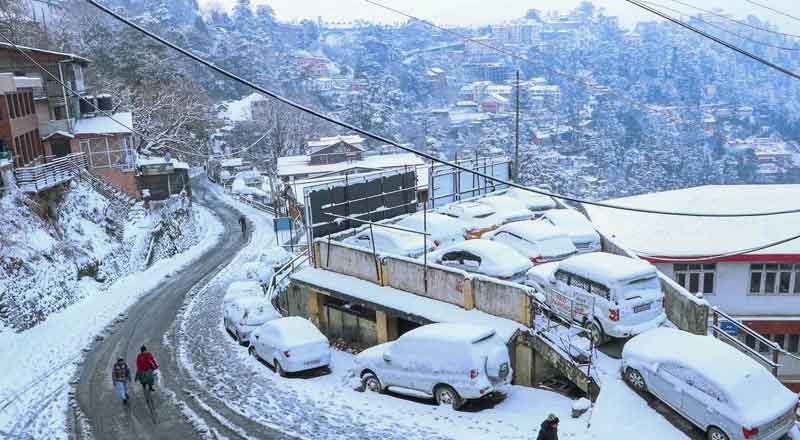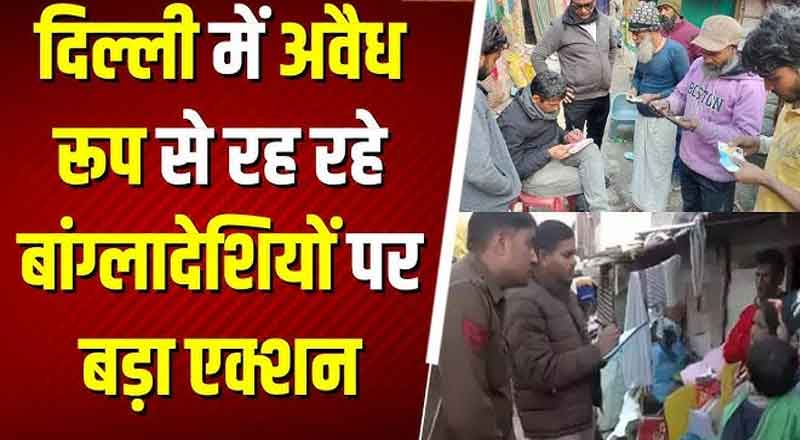A partial solar eclipse will be visible from most parts of the country as the Sun, Moon, and Earth align together, although not in a perfectly straight line, on Tuesday, October 25.
The celestial event will have a maximum duration of 1 hour 45 minutes and will be visible for the longest part in Gujarat’s Dwarka. The eclipse will be visible in New Delhi from 4:29 pm and will reach a maximum at sunset around 5:30 pm.
A partial solar eclipse takes place when the moon passes directly between the Sun and the Earth. It is not as dark outside during a partial eclipse as it is during a total eclipse, since the moon partially blocks the Sun’s light. During a partial solar eclipse, the Sun will have a dark shadow covering some of its surface, giving it a crescent shape.
A total solar eclipse occurs when the Moon passes between the Sun and the Earth, completely blocking the Sun.
The partial solar eclipse was last seen in India in 2007 and that makes today’s event rare since it will only be seen in India on November 3, 2032. In 2025, there will be another partial solar eclipse but India won’t be able to witness it.
Extreme precaution must be taken while observing the eclipse. Although the eclipse may be visible to the naked eye, the ultraviolet rays can cause damage to the retina. The safest way to view an eclipse is by using glasses fitted with solar filters, such as an eclipse glass.





